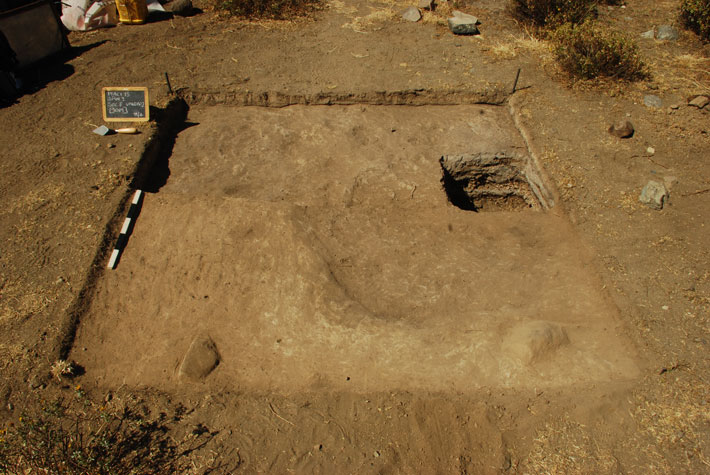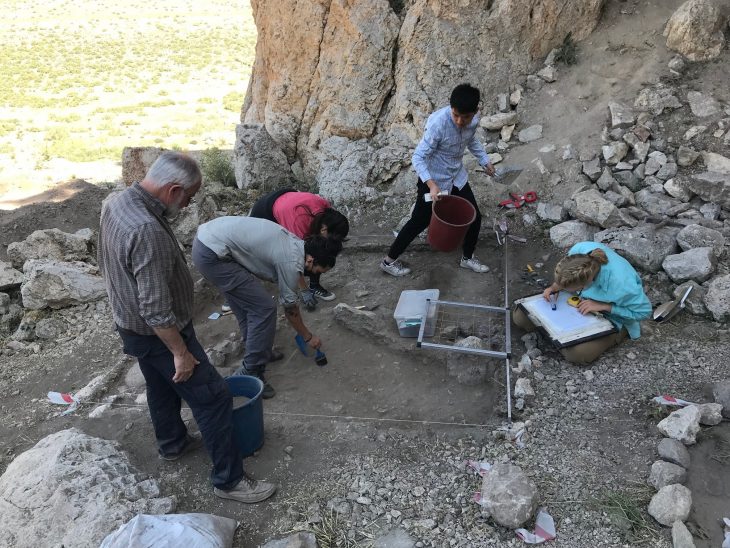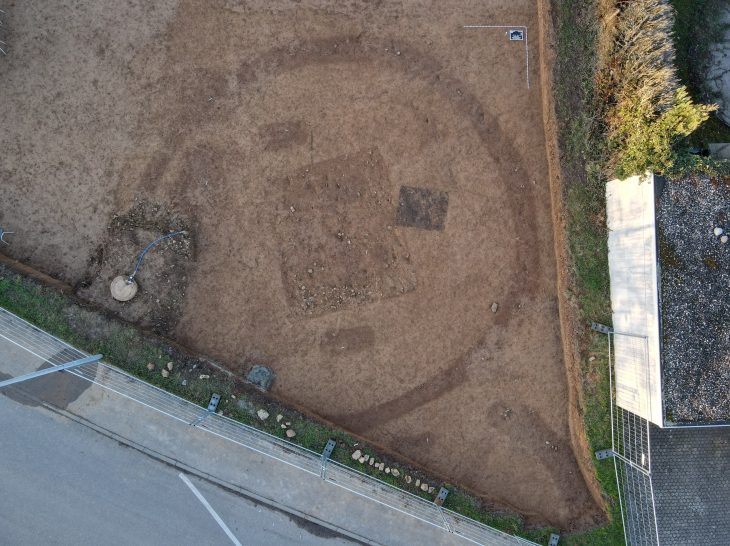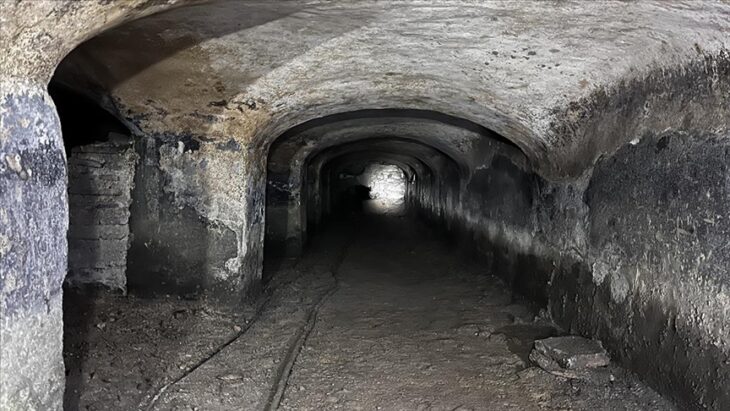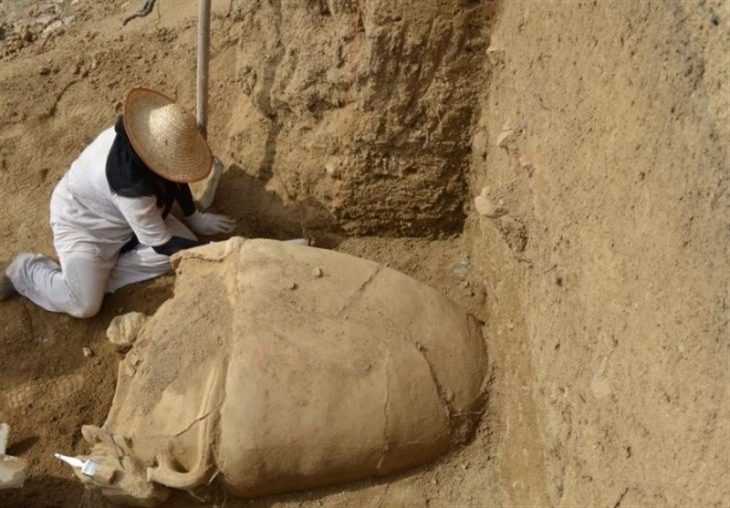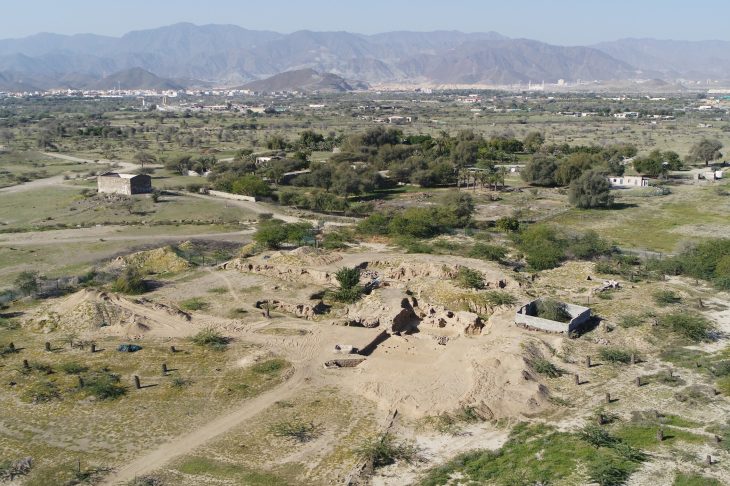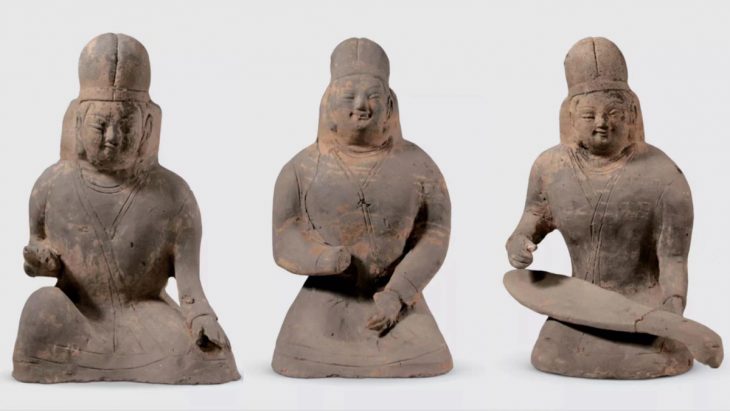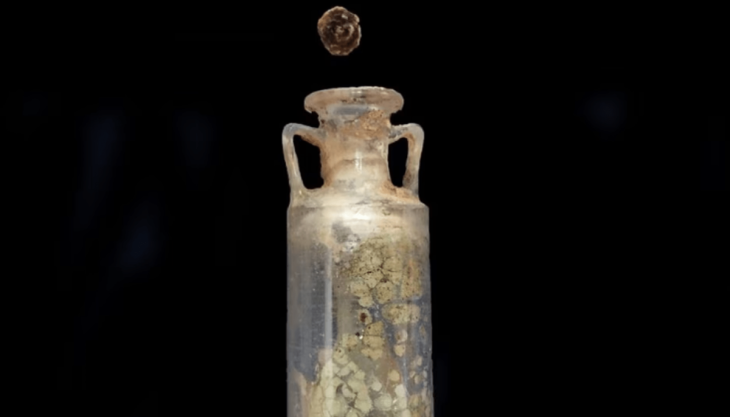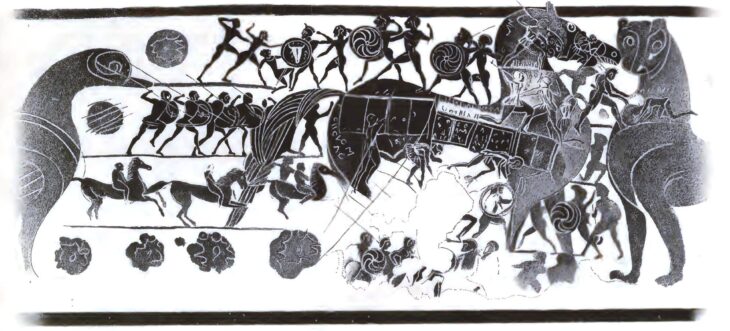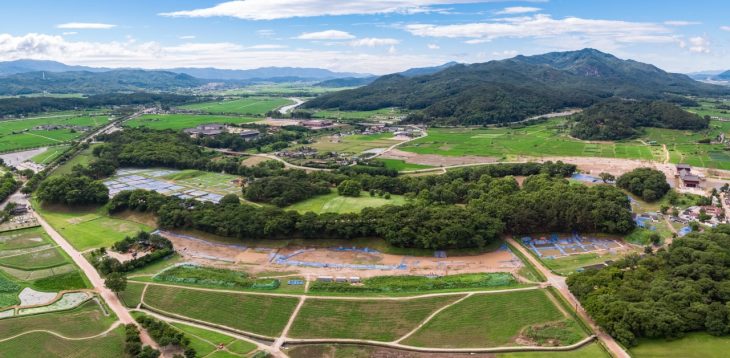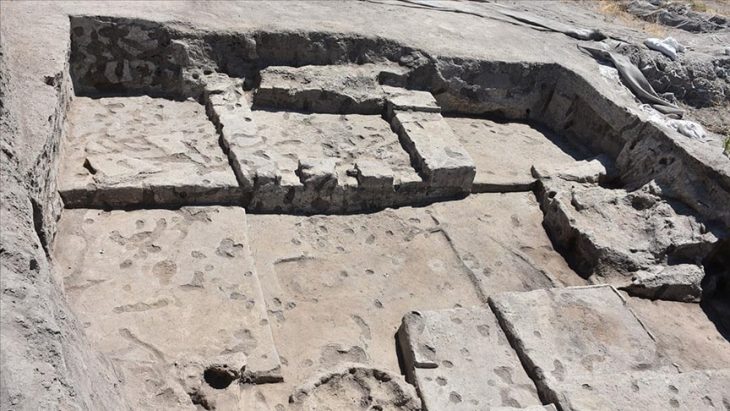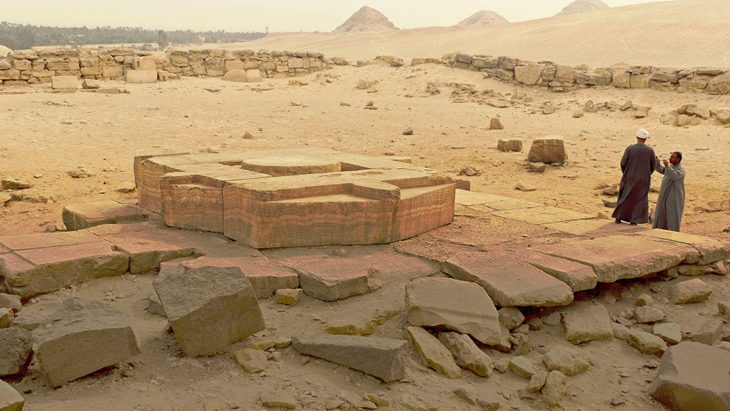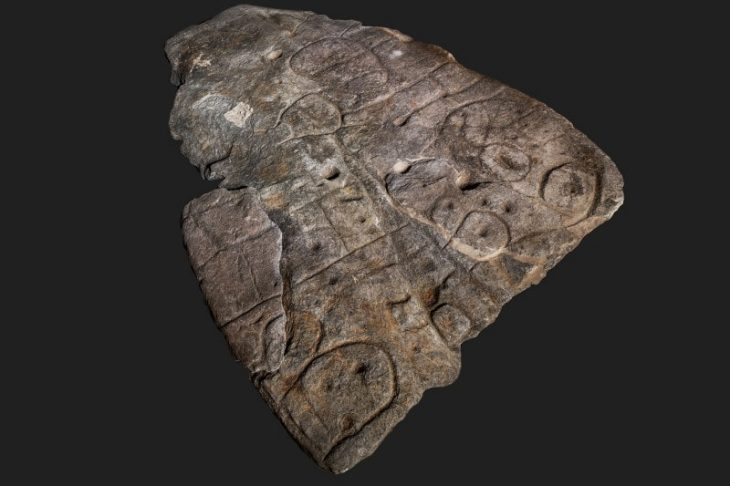Archaeologists have discovered an ancient “sounding” dance floor in Peru that was designed to create a drum-like sound when stepped on, perhaps for a thunder god.
The floor was constructed into an open-air platform at Viejo Sangayaico, 200 km southeast of Lima, sometime between AD 1000 and AD 1400. From 1400 to 1532, it was still in use under Inca rule, and possibly in the early years of the Spanish conquest.
“We know that in pre-Hispanic Andean rituals dance was a big part of the proceedings. I believe that this specially constructed platform was built to enhance the natural sounds associated with dance,” says Kevin Lane, an archaeologist with the Instituto de las Culturas (IDECU) of the Universidad de Buenos Aires in Argentina, who led the research.
Funded by the Gerda Henkel Foundation, the project’s findings have recently been published in the Journal of Anthropological Archaeology.
The sole author of the study, Lane: “The larger site’s association to the veneration of Andean lightning and thunder deity suggests that dancing at this location might have been in part attuned to this supernatural entity,” he writes in the paper.
This site served a unique function among the stunning Andean landscape, where myths and beliefs converged with natural rhythms, possibly even facilitating direct communication with the divine through the ceremony. According to the research, it was not just a stage for performances and functions, but also a possible Inca temple dedicated to the lightning deity.
It was built to face the nearby Huinchocruz mountain, and it included a revered site with a pre-Hispanic ceremonial platform known as an ushnu. One of two open-air platforms served as the foundation for the dance floor.
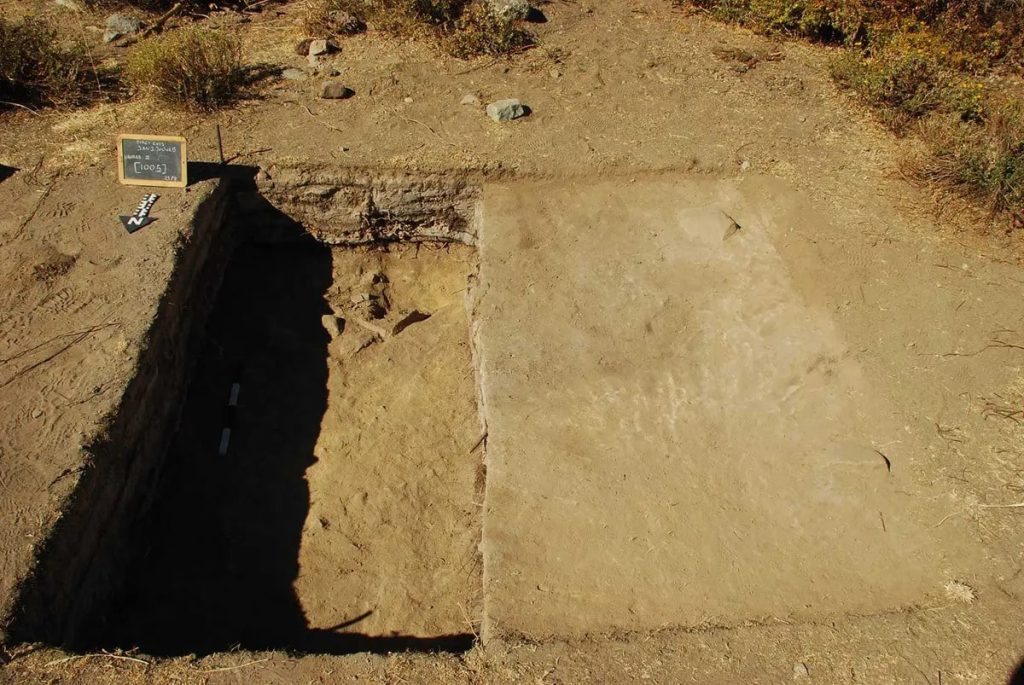
“I believe that these open platforms would have been used during the pre-Hispanic period as a stage on which to venerate the nearby mountain gods, in this case those of Huinchocruz,” Lane explains.
According to archaeologists, the Viejo Sangayaico dance floor was created as a way to mimic the mesmerizing sound of thunder, drawing on the Andean belief system that connected lightning deities with rain and thunder.
The archaeologists first identified the sounding dance floor when they heard a hollow noise as they walked on it.
The platform’s unique design consists of four layers of carefully prepared fills, and a diverse array of materials was designed to enhance the percussive sound. These layers were made up of camelid guano and clean silty clay, which were strategically interspersed to achieve the desired percussion effect. The carefully placed gaps within the dung layers contributed to the creation of a deep, bass-like sound that encircled the dance floor, which was approximately 10 meters (32.8 ft) in diameter.
“We reckon the platform could have held up to 26 people dancing in unison, making for a loud thumping sound,” Lane says. Perhaps, the dust raised by the dancing was a visual feature to add to the larger effect of the performance.
The discovery raises the possibility that parts of other Andean sites may have been built to enhance sound. The profound significance of sound in ancient Andean rituals had long been acknowledged in sites like Chavin.
Another Andean site in Peru where the use of sound has recently been studied is Huánuco Pampa. It appears that the Andean civilization had harnessed the power of sound to forge a sacred connection with their deities and the cosmos.
doi.org/10.1016/j.jaa.2023.101515
Cover Photo: ORP-PIACI Project

